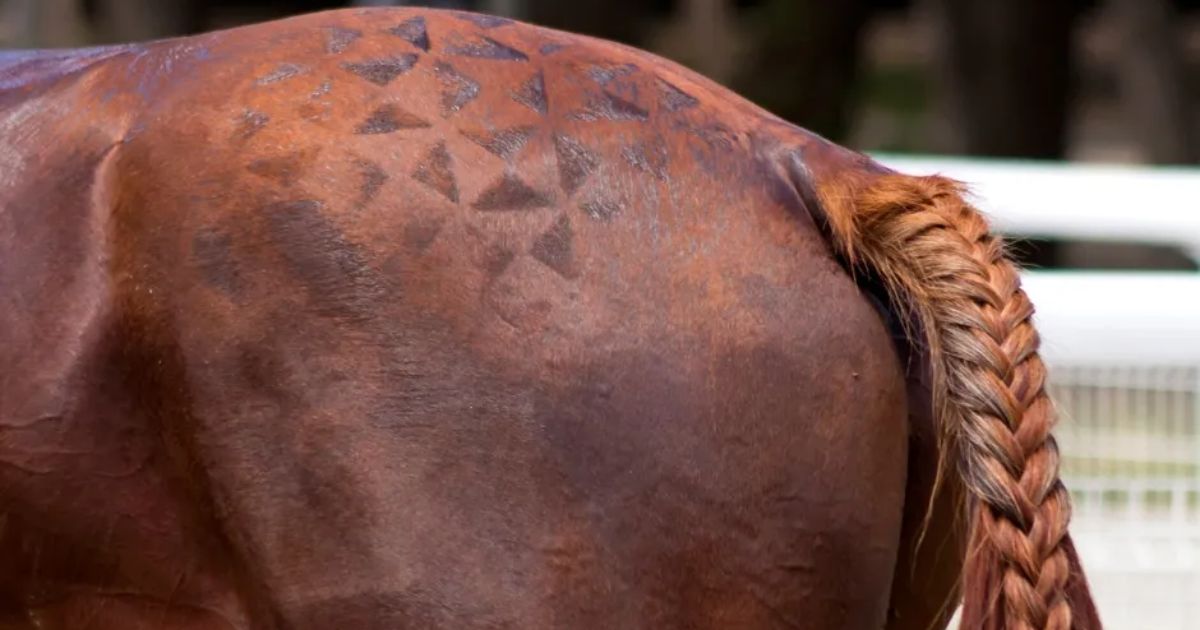Menu

No matter which part of equestrian sports you practice, your horse can benefit from developing a stronger body. Whether it's its abdominal muscles, its hindquarters/forequarters, or something else, we have written a series of articles that can help you strengthen your horse. In the following, you will read more about how you can strengthen your horse's hindquarters through some specific exercises. The exercises are based on the thoughts of Dr. Renaud Léguillette, Calgary, Chairman of Sports Equine Medicine from the University of Calgary.
Happy reading and training!
Read also: Why a forest trip is so good for the cooperation on the track for horse and rider
"When a horse backs up, its hind legs are more underneath its body than usual, so it can be a good strength exercise," says Dr. Léguillette.
If your horse is recovering from an injury, it's best to do this from the ground. Stand in front of your horse and give it a gentle push with a flat hand on the chest and use the command "back". If it takes just a single step back, reward it with a treat and try again. For some horses, it may take time to understand what you want from it, so be patient!
Backing up with a rider on the back requires more strength, and therefore we recommend that you start from the ground, just to see if you speak the same language, before demanding more from your horse.
Remember: Watch if the horse tends to swing to one side or the other. This can be an indicator of pain or weakness on one side.
Once you and your horse are comfortable with backing up, you can try to back through an l-shaped course made of either cavalettis or poles. Back one way, then turn your horse and back the other way. This will not only help develop muscles but also coordination.
Just as we tell in the article with exercises for the horse's forequarters about the positive effects of riding downhill, there are also benefits to riding uphill. Riding uphill indeed strengthens the horse's hindquarters, says Dr. Léguillette. To ascend a slope at any speed, the horse must have its legs further under its body and use them to push itself forward and upward. This strengthens the muscles. "The propulsion is in the hind legs, so strengthening them is what most people focus on," he adds.
Again, your posture as a rider is important for this to work. You need to be stable, but lean forward. On steep hills, it might be preferable to sit in a light seat, with all your weight in the stirrups, so you don't hinder the horse in moving its hind legs.
Some horses are prone to speed up when going uphill, which can be a problem if it is recovering from an injury. If this happens, small circles on flat ground can help calm the horse, and then you can try the hill again. However, keep in mind that if the horse speeds up or tries to jump uphill, it can also be a sign of pain. Try a less steep hill and see if the horse is calmer and more comfortable there.
Read also: Q&A: Severo Jurado López on being the master of his own stable
Lay out some poles on the ground, either in different patterns or just one after another. Start small and lead the horse over, back and forth. You can choose to raise some of the poles or just raise them on one side, which challenges the horse's coordination. Having to lift its legs over poles and cavalettis increases activity in the back and hindquarters, but be careful not to overdo it, as the horse uses muscles it's not accustomed to. Once the horse has built more muscles and is stronger, it can trot over poles and cavalettis. This can be done on a lunge or under a rider.
Exercises that will strengthen your horse's forequarters
Exercises that will strengthen your horse's abdomen
This article was originally published in march 2018.